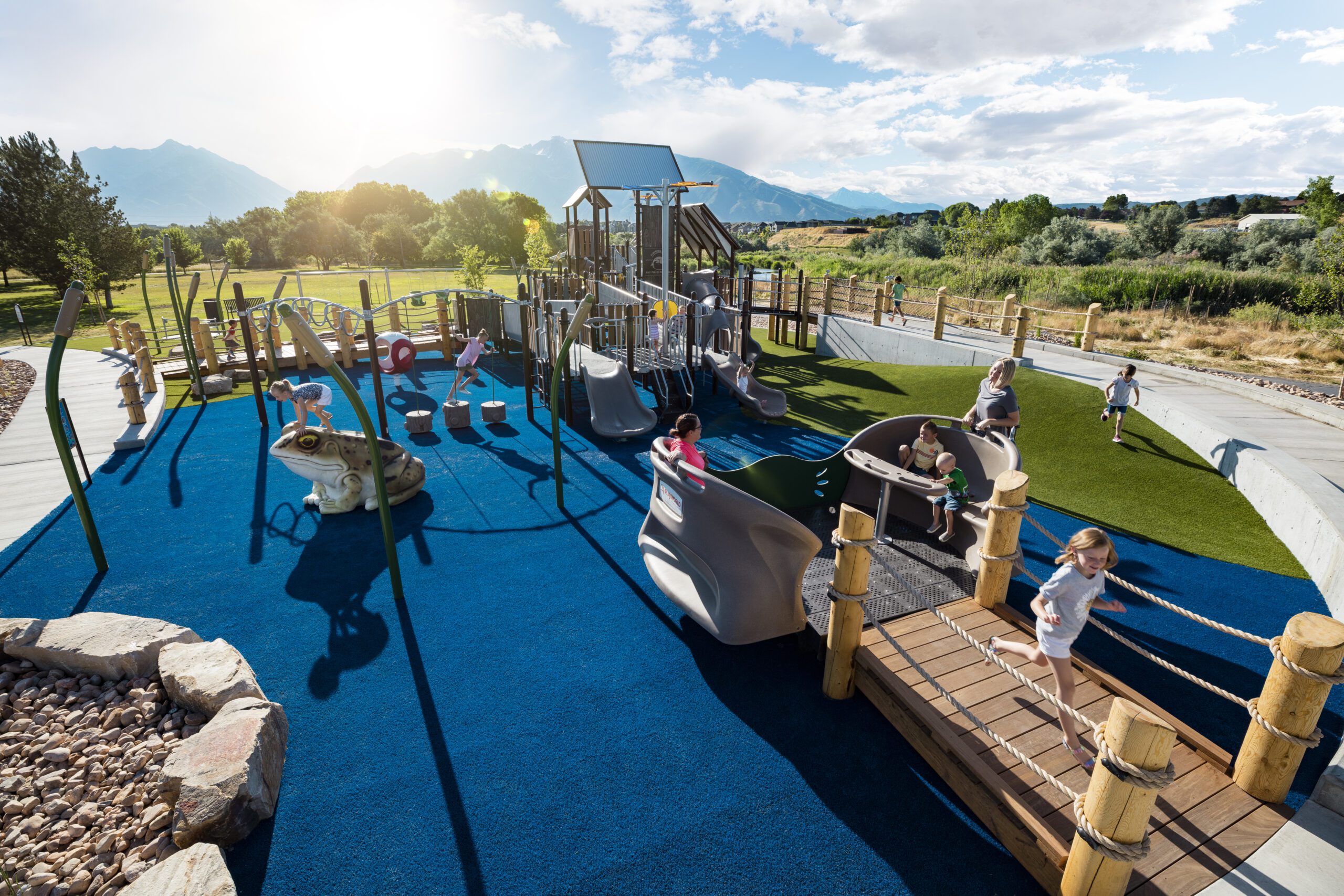The Role
of Landscape Architects in Shaping the Future of Playgrounds
As we enter an era marked by rapid urbanization, increased environmental consciousness, and an ever-evolving understanding of child development, the importance of landscape architects in creating innovative, sustainable, and child-friendly playgrounds cannot be overstated. Landscape architects are instrumental in translating the needs and wants of the community into functional, beautiful, and inclusive play spaces that cater to children’s diverse developmental needs. In this article, we will delve into the significant role landscape architects play in shaping the future of playgrounds.
Understanding the Playground Landscape
The design of playgrounds has evolved drastically over the years. From simple swing sets and slides, playgrounds have grown into sophisticated spaces that offer an array of play experiences, promoting physical activity, cognitive development, social interaction, and connection with nature. This evolution has been influenced by a deeper understanding of child development, advancements in design and material technology, as well as the demands of the modern urban landscape.
The Role of Landscape Architects
Landscape architects are uniquely equipped to navigate these complexities and challenges. They employ a holistic approach, considering factors like aesthetics, functionality, safety, accessibility, and environmental sustainability when designing playgrounds.
- Designing for Play and Development: Understanding children’s developmental needs is crucial for designing effective playgrounds. Landscape architects use this knowledge to create spaces that promote different types of play – from active play that develops motor skills, to imaginative play that fosters creativity, to social play that enhances communication and cooperation.
- Inclusive Design: Landscape architects are at the forefront of creating inclusive playgrounds that cater to all children, including those with disabilities. This involves thoughtful design strategies, like incorporating ramps for wheelchair users, creating sensory-rich play experiences for children with sensory processing disorders, and ensuring that all elements of the playground promote interaction and inclusivity.
- Environmentally Conscious Design: As stewards of the environment, landscape architects play a critical role in ensuring playgrounds are designed with sustainability in mind. This includes using environmentally friendly materials, integrating natural elements like trees and water features into the play space, and ensuring the playground design blends harmoniously with the surrounding landscape.
- Adapting to Urban Spaces: In densely populated urban areas, space can be a major constraint. Landscape architects excel at making the most out of limited spaces, creating multi-functional playgrounds that cater to the needs of different age groups and communities. They also strive to create green spaces within the urban jungle, contributing to the overall quality of life in the city.
- Community Engagement: Landscape architects understand the importance of community in the design process. They work closely with local communities, schools, and parks departments to understand their specific needs and desires for the playground. This participatory approach ensures the final design is embraced by the community and meets their unique needs.
The Future of Playground Design
As we look to the future, the role of landscape architects in playground design is set to become even more critical. As climate change becomes an ever-present reality, the need for sustainable design practices is paramount. Similarly, as our understanding of child development continues to evolve, so too will our approach to designing playgrounds that cater to these needs. Lastly, as urban areas continue to grow, the need for innovative solutions to maximize limited space will become increasingly important.
In conclusion, landscape architects play a pivotal role in shaping the future of playgrounds. Their expertise in design, environmental stewardship, and community engagement, coupled with a deep understanding of children’s needs, positions them as key players in the creation of playgrounds that are not only fun but also promote growth, inclusivity, and a connection with nature. The future of playgrounds is bright, and landscape architects are leading the way in illuminating the path forward.




